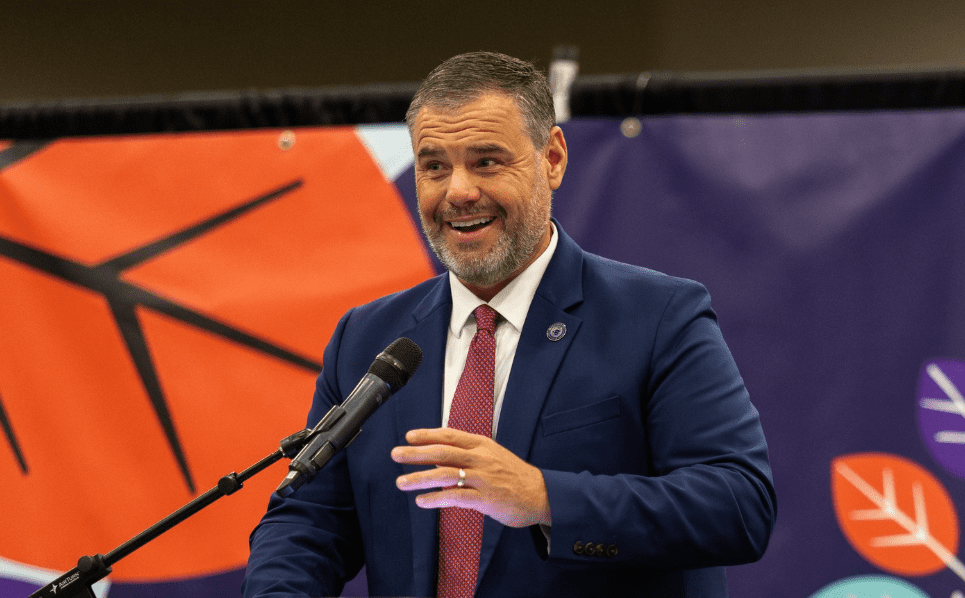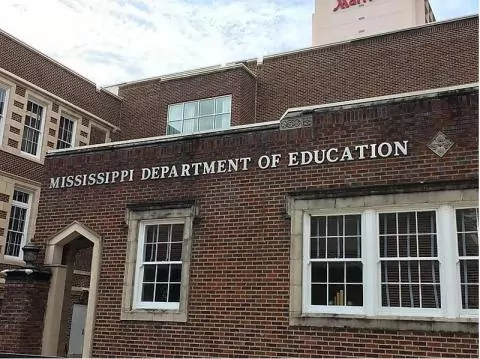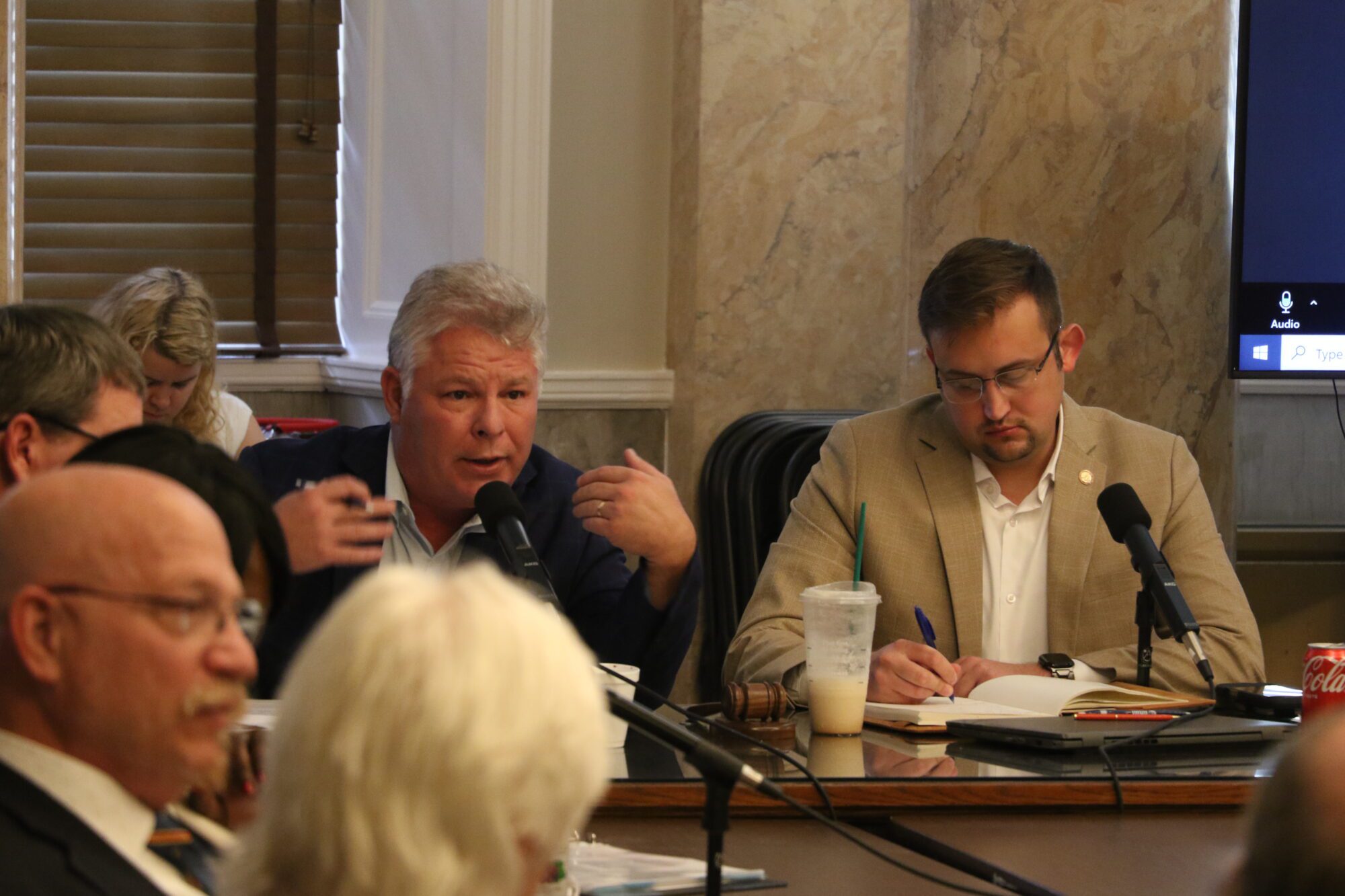
(Photo from Shutterstock)
Listen to the audio version of this article (generated by AI).
- The appointed Superintendents from Humphreys County, Noxubee County and Yazoo County speak on teacher shortages, absenteeism and student population declines.
Superintendents from three of the four school districts currently under state control recently updated the Mississippi Board of Education about efforts to return those districts to local control.
Districts present for the update included Humphreys County School District represented by Dr. Stanley Ellis, Noxubee County School District represented by Dr. Washington Cole IV, and Yazoo City Municipal School District represented by Dr. Earl Watkins.
While there have been fluctuations over the years since each district was taken over by the Mississippi Department of Education, all three districts currently rank below at C rating on the state’s accountability scale.
Humphreys County
Of the three interim superintendents who spoke during last week’s meeting, Dr. Ellis has been in his appointed position the least amount of time, taking on those responsibilities in Humphreys County three months ago. However, the district has been under MDE control since 2019.
Some of the efforts his district has undertaken to improve its ranking include building trust and transparency with the community, utilizing high quality instructional materials, and strengthening the culture and climate.
“We want to make sure we create a safe, supportive environment that is conducive to student learning and staff professional growth,” Ellis said.
A major change involved stabilizing the district’s financial standing by making cuts where necessary, especially since a decline in student population has occurred.
“I can’t keep operating like I got 1,200 to 1,500 students with the same number of staff,” Ellis said of the population decline over the last five years.
Today, the current student population in the district is 1,085, he said.
Other goals include raising the district’s ranking to a B or higher as well as reaching an 85 percent graduation rate.
“Right now, our graduation rate is about 74 percent. We’ve got to get that up,” Ellis said.
Part of reaching those goals will entail empowering teachers with the skills they need to be effective. By building capacity within the educators, student outcomes are positively impacted, he said. That, in turn, also impacts the chronic absenteeism Ellis has seen within the student body.
Chronic absenteeism is also being addressed through incentive days at school, such as dress down days and pizza parties.
“We don’t have a lot of issues at elementary and middle schools, but we find that’s an issue at high schools,” Ellis said about the absenteeism.
Employing qualified teachers is a key component in increasing the scores, along with using the EDI model (explicit direct instruction) and working to reduce teacher turnover.
Yazoo County
Within the Yazoo City School District, student enrollment has also been declining. Over the past five years or so, Dr. Watkins said the district has noted a 31 percent drop in student enrollment, from 2,471 students in the 2019-2020 school year to 1,701 this year. That decline, and subsequent staffing cuts, have an effect in the community economically because the district is the third largest employer in the municipality.
“So, we understand our impact on the local economy and Yazoo city,” Watkins said.
Due to that drop in students, the district saw a decline in solvency by about $1.5 million over three years. Today, the district has about $4 million in their fund balance. One of the things that helped them recover were federal benefits as part of the federal pandemic relief.
“Fortunately, we had access to ESSER dollars during that time, so we were able to do a lot with those dollars in order to strengthen the financial solvency of the school district,” Watkins described.
Those funds also helped cover the cost of classroom additions at McCoy Elementary to allow for the closure of Webster Elementary, which was older and now used for warehousing. Other improvements included work on the HVAC systems and restrooms districtwide.
Yazoo has seen some advancements in assessment scores as well as some dips in the years since MDE took it over. Starting with an F rating in 2018 at the time of the takeover, it reached a C ranking in 2024 but fell back to an F this year.
Watkins attributes the drop in rating to a decline in student proficiency brought on by high teacher turnover rates and licensure gaps.
“Now the teacher turnover for McCoy Elementary School is 26 percent,” Watkins described. “But fortunately, that is down from 2024. We are finally seeing a downward trend in that down from 50 percent. At Woolfolk Middle School it is 20 percent. That is down from 61 percent from the previous year.”
Turnover at Yazoo City High School fell from 54 percent in previous years to 31 percent this year.
Other factors on Watkins’ radar include the graduation rate, professional development for teachers, and attendance.
Noxubee County
Within the Noxubee County School District, the district has about 1,380 students that attend classes. It was put under the state’s control in 2018 and also saw improvements in that time only to fall again last year. In the 2024 school year, the district reached an assessment grade of C. But this year it fell back to a D rating, the same grade received in the 2022 and 2023 school years.
Dr. Cole believes the successes from the previous year led the administration and staff to relax, allowing the grade to slip again.
Like the other districts discussed with the Board of Education, teacher shortages, turnover, and student absenteeism is impacting the district’s assessment grade, and subsequently student outcomes.
To provide the students with more opportunities, the district now provides dual enrollment for college courses and advanced placement classes. There is also a path that allows for early graduation.
The dual enrollment program has resulted in about 75 students graduating from high school with a college degree. Forty of those graduates were achieved through an early college program in partnership with East Mississippi Community College, while the remaining 35 were part of a dual enrollment program offered on campus of the high school. The early graduation program has allowed 65 students to graduate in December over the past three years so they could get a jump start on their careers.
Students also now have access to advanced placement courses in the areas of computer science, biology and language composition. At the Career and Technical Education center, students can choose from five courses – engineering, business, health sciences, metal fabrication and carpentry construction. Dr. Cole said all five of those classes are taught by experts in their respective fields.
To curb absenteeism, each campus now has a health clinic, allowing students to get medical attention without leaving school, when applicable.
“So, students don’t have to leave to go to the doctor. We’ve taken that excuse off the table,” Cole described. “I don’t know how well it’s working, but we’ve done it.”
Turnover among teachers, like the other districts, is affecting Noxubee County. Cole said a string of resignations, terminations and non-renewal of contracts at the middle school, along with absenteeism, are associated with low growth rates in math and reading there.
Finances at Noxubee County were also an issue, but Cole said the district was able to move from previously having a shortfall of more than $880,000 when it was taken over by the state, to now having more than $7 million in the district maintenance fund.
Part of that process involved cutting staff by about 100 and closing a school, Cole explained.
The addition of ESSER funding also played a role, but Cole said he was careful not to use those funds for personnel expenses.
“It’s a streamline to push academics while trimming the fat at the same time,” Cole described.










